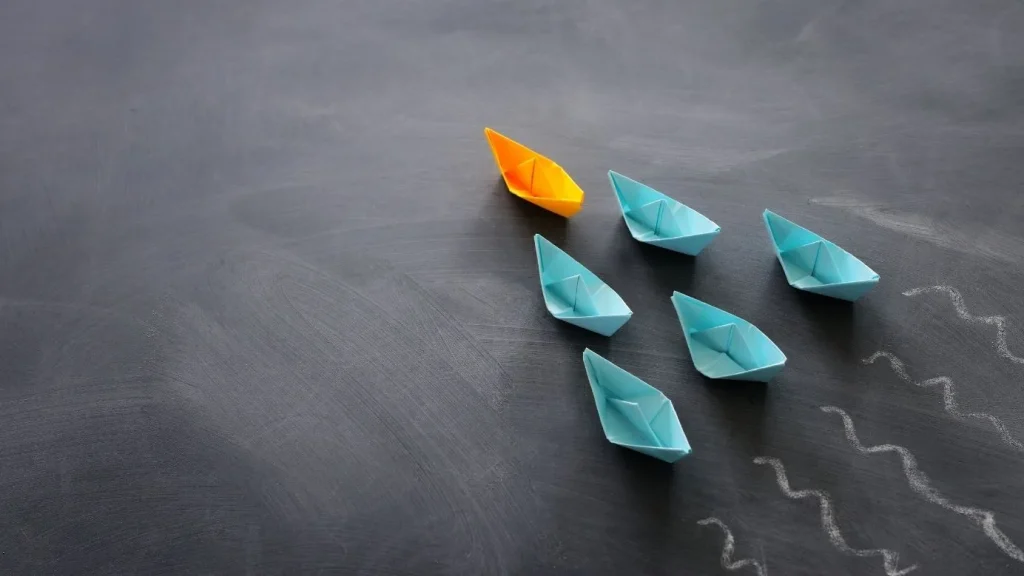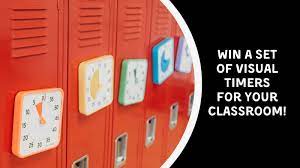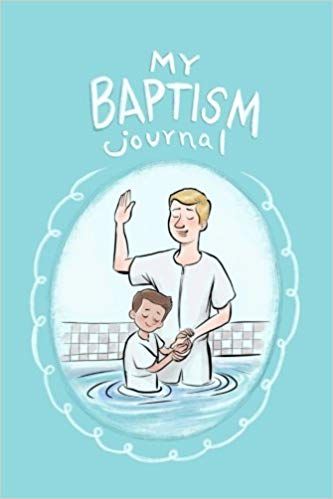Introduction:
Science teachers, we know how challenging, yet rewarding, your role can be. From conducting experiments to inspiring the next generation of scientists, you face unique challenges every day under intense pressure. To help you thrive in this demanding environment, we bring you the ultimate guide to creating your own Science Teacher Keep Calm & Stay Caffeinated Survival Kit.
1. Sturdy Travel Coffee Mug:
A day in the life of a science teacher is filled with countless lectures and lab sessions. To keep your energy levels up throughout the day, make sure to include a durable and well-insulated coffee mug that keeps your caffeine fix warm and secure no matter where you go.
2. Science-themed coffee blend:
Stay in-theme by selecting a fun and unique science-themed coffee blend. Many companies offer periodic table-inspired blends or even flavors based on scientific discoveries. Enjoying a chemistry-themed cup of Joe will not only energize you but also add an extra zest of inspiration to your day.
3. Stress Relief Toys:
During those tense moments in class or when grading a seemingly never-ending stack of papers, it’s essential to have some stress relief on hand. Consider adding stress-relief toys like stress balls or fidget spinners to your survival kit for those times when patience is running low.
4. Inspirational Quotes:
Motivation is crucial, both for yourself and for your students. Print out or purchase small posters with inspirational quotes from famous scientists (think Einstein, Curie, or Newton) that can be displayed in your work area to provide a constant source of encouragement throughout the day.
5. All-Purpose Calendar and Planner:
Organization is key for any teacher, especially when juggling different subjects, classes, and teaching methods. A detailed calendar and planner will provide an essential roadmap through the school year while keeping track of important dates, lesson plans, and meetings.
6. Emergency Lab Gear:
Incidental lab spills and accidents are inevitable when dealing with chemical reactions and experiments. To stay prepared, include an emergency lab gear set in your survival kit, complete with a lab coat, goggles, and gloves.
7. Reward System:
Fostering a sense of accomplishment in your students will go a long way in reinforcing their commitment to learning. Create a reward system that acknowledges their achievements, whether it’s with stickers, small prizes, or certificates. Positive reinforcement can make all the difference for both you and your students.
8. Inspirational Books:
Books that explore the wonder of science are excellent not only as teaching material but also for your personal enjoyment. Fill your survival kit with books on various scientific disciplines to remind you of the passion that brought you to teaching in the first place.
Conclusion:
A Science Teacher Keep Calm & Stay Caffeinated Survival Kit is a vital tool in managing the hectic life of an educator while ensuring you maintain your enthusiasm for teaching. This guide offers you ideas for constructing a personalized survival kit tailored to your specific needs as a science teacher so that you can keep calm and stay caffeinated throughout the school year. Embrace the challenges ahead and inspire future scientists to do the same.











